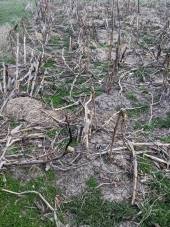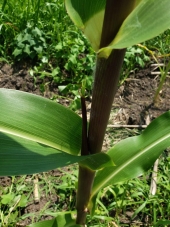


Almond Thompson wrote:Cy: how did your Rouge Vif D' Etampes cook up? I tried one and was not partial to it at all

Thom Bri wrote:
When everything was against it, it still gave back a little. This was a hard year. Those are probably the toughest, most resilient ones. Give them a little TLC next year! I'll send you some more seeds after this harvest.







